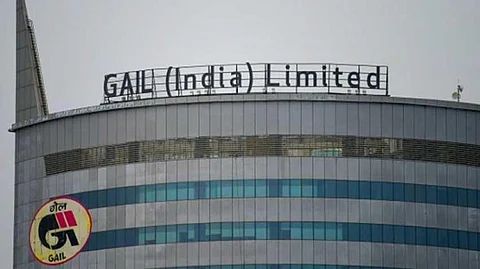

KOCHI: The much-delayed Kochi-Mangalore natural gas pipeline project is finally ready for commissioning any day from now as the national energy major Gail India has completed the final 540-metre treacherous stretch across the Chandragiri river in northern Kerala, according to a senior company official.
The 444-km long natural gas pipeline was launched in 2009 at an estimated cost of Rs 2,915 crore and was to be commissioned in 2014.
But opposition on safety and commercial grounds wherein the land price was the main hurdle, both from political parties and the public, ensured that the project lingered on.
This led to the project cost nearly doubling to over Rs 5,750 crore.
"We have completed the most difficult stretch across the Chandragiri river in Kasargod district in northern Kerala, on Saturday. Now the testing is on and this will be completed in the next two days. Within this week itself gas will reach Mangalore through the 444-km pipeline," P Murugesan, the executive director and head of Southern region, Gail, told PTI over phone from Bengaluru on Monday.
A formal commissioning will be done later, according to the availability of the minister, he added.
The pipeline is charged up to Kannur now and is live up to Kuttanad in Alappuzha district, 90 km away from Kochi since June 2019 and of the remaining 354 km the line is ready up to Kannur.
Kuttanad is the main junction of the project as from here the line bifurcates to Mangalore and Bengaluru.
The first phase of the project was commissioned in August 2013 in the Kochi metropolitan area with industrial supplies and domestic supplies from February 2016 by Adani Gas.
Today the pipeline supplies 3.8 million cubic metres of gas every day to industrial and residential customers in Kochi and is set to cross 4 million cubic metres soon in the city itself, while Mangalore has a potential of 2.5 million cubic metres per day, Murugesan said.
With the commissioning the pipeline, gas demand in the state will touch 80-90 million cubic metres per annum from 60 million cubic metres now.
The pipeline is a big boost to the struggling Kochi LNT Terminal of Petronet which has a capacity of 5 million tonne annually but 90 per cent capacity has been idling due to the delay in completing the Kochi-Mangalore pipeline and Murugesan said with the commissioning the capacity utilisation of the LNG terminal will go up to 25-30 per cent.
Apart from huge environmental gains, the state can also gain monetarily as it can get up to Rs 1,000 crore by way of taxes alone.
Supplying to the Kochi region alone helps the state earn over Rs 340 crore annually in tax revenue.
The authorities were ready to complete the project this August but a 540-metre stretch across the Chandragiri river became a nightmare for them.
So as a way out they reduced the diameter of the pipe to a fourth -- from 24 inches to just 6 inches now.
But Murugesan said this is a temporary arrangement and the work to lay 24 inch pipe will resume soon after commissioning of the project and once ready the switch-over will not disrupt gas supply.
He also said the pipeline will supply has to all the seven districts it passes through in the state -- Ernakulam, Thrissur, Palakkad, Malappuram, Kozhikode, Kannur and Kasargod -- as well as the hilly Wayanad district.
Of these already city gas distribution is on in Kochi where its supplies 3.8 million cubic metres of gas every day.
The company was working on the 540-metre river stretch since late April but got inordinately delayed as this stretch goes up to 8 metres deep in the river bed at some places and has an elevation difference of 148 metres, as the river flows down a deep valley, making it one of the rarest engineering projects for the entire pipeline network across the country.
The project crosses as many as 96 water-bodies south of the Chandragiri river.
The problem with this stretch is that the river flows down through a valley to the Arabian Sea, forcing them to drill horizontally from under the river bed.
The EPC contractor for this stretch was awarded to NR Patel & Company.